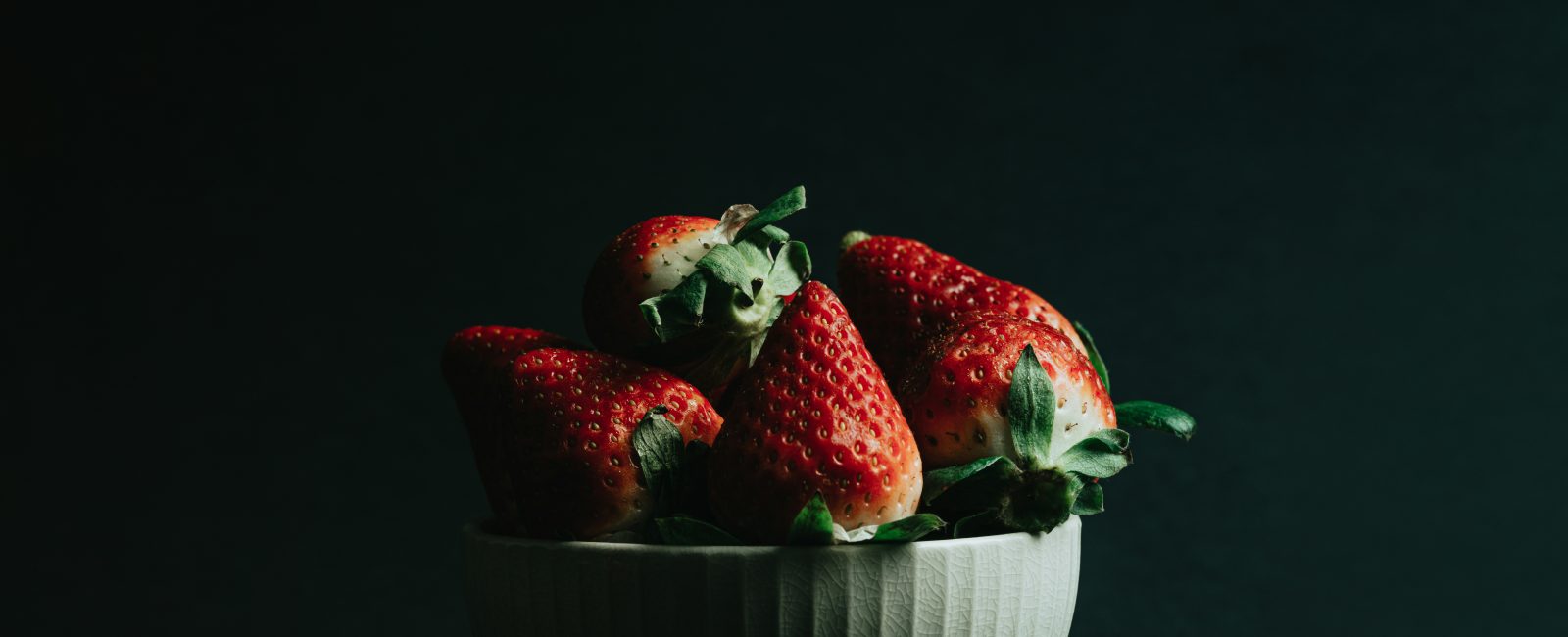
Achieving high yields of top-quality strawberries requires more than just planting and hoping for the best. With professional strategies, informed by decades of horticultural expertise, gardeners can significantly boost their harvests. This article provides practical, evidence-based techniques to optimise strawberry production, tailored for UK conditions. A nursery specialist from ChrisBowers, a leading supplier of fruiting plants, offers insight into selecting the right varieties for success: “Choosing the correct strawberry variety for your climate and soil is critical for maximising yields. Day-neutral varieties like Seascape or perpetual types such as Rhapsody can extend your harvest season significantly, especially when grown under cover (strawberry plants).Pairing this with proper soil preparation and timely feeding ensures robust plants and abundant fruit.” The linked page was selected for its comprehensive range of strawberry plants, aligning with the article’s focus on variety selection and cultivation techniques.
Strawberry Types for Optimal Yields
Strawberries come in three main types, each with distinct fruiting patterns that influence yield potential. June-bearing strawberries produce a single, large crop over a few weeks in early summer, typically June or July. These are ideal for gardeners seeking a concentrated harvest for preserves or immediate consumption. Everbearing or perpetual strawberries yield smaller crops multiple times from summer to autumn, offering a steady supply. Day-neutral strawberries, insensitive to day length, fruit continuously from spring to autumn if temperatures remain between 1°C and 30°C, making them perfect for extended harvests.
Selecting the right type depends on your goals and garden setup. For maximum yield, combining early, mid, and late-season June-bearing varieties, such as Honeyoye, Eros, and Rhapsody, can extend the picking period. Alternatively, day-neutral varieties like Seascape thrive in controlled environments, such as greenhouses, where consistent conditions boost output. Gardeners interested in fruit trees for sale alongside strawberries might consider compact options like supercolumn fruit trees, which complement small-space gardening and diversify harvests.
Soil Preparation: The Foundation of High Yields
Healthy soil is non-negotiable for prolific strawberry plants. Strawberries prefer slightly acidic to neutral soil with a pH of 5.5 to 7.0. Before planting, test your soil using a home kit or professional service to ensure it meets this range. If adjustments are needed, incorporate sulphurto lower pH or lime to raise it, following product guidelines.
Enrich the soil with well-rotted manure or compost at least a month before planting to improve structure and nutrient content. Strawberries are heavy feeders, so a rich, loamy soil is ideal. Dig in organic matter to a depth of 30cm, ensuring all perennial weeds are removed to prevent competition. A pre-planting application of a high-potash fertiliser, such as bone meal, supports flowering and fruiting. Avoid high-nitrogen fertilisers, which encourage leafy growth at the expense of fruit.
For those integrating strawberries into mixed gardens, consider sourcing fruit trees for sale from reputable nurseries to ensure disease-free stock. Healthy apple or plum trees can provide partial shade, which strawberries tolerate well, though full sun is optimal for maximum sweetness.
Planting Techniques for Robust Growth
Proper planting sets the stage for vigorous plants. Strawberries can be grown from runners, bare-root plants, or potted plants. Pot-grown plants, available from specialists, establish quickly and often yield in their first season. Plant in spring or late summer to allow roots to settle before winter or peak fruiting. Space plants 30-45cm apart in rows 60-100cm apart to ensure good air circulation and reduce disease risk.
Make sure the hole is big enough to stretch the roots out without causing them to curl. Place the crown, or the junction of the roots and stems, at soil level. Planting too shallowly might result in drying out, while burying the crown runs the danger of decay. To help the roots settle, gently compact the soil and give it plenty of water. Use pots that are at least 15 cm deep and have drainage holes for container gardening. Fill the pots with a mixture of sharp sand and compost made from loam. Three to four plants may fit in a 30-cm hanging basket, making it perfect for tiny areas.
Mulching with straw or biodegradable mats keeps fruit clean, suppresses weeds, and retains moisture. This is especially important in the UK’s variable climate, where soil splash from rain can spoil berries. Gardeners expanding their plots might explore fruit trees for sale, such as dwarf varieties, to create a cohesive edible landscape alongside strawberries.
Feeding and Watering for Maximum Fruit Production
Strawberries demand consistent nutrition and hydration to produce large, flavourful berries. Start feeding when flowers appear, using a potassium-rich fertiliser like tomato feed to enhance sugar content and fruit quality. Apply every 10-14 days during the fruiting season, watering thoroughly afterward to distribute nutrients to the roots. Avoid over-fertilising with nitrogen, as this reduces fruit yield in favour of foliage.
Watering is equally critical. Strawberries need moist but not waterlogged soil. Aim for 2.5cm of water per week, increasing during dry spells or when fruits are swelling. Water at the base to keep foliage dry and prevent fungal issues. Drip irrigation or growbag irrigators are efficient for container plants, ensuring even moisture without waste.
In mixed gardens, where fruit trees for sale might be sourced to complement strawberries, ensure irrigation systems account for differing water needs. For example, young apple trees require deep watering, while strawberries need frequent, shallow applications.
Pest and Disease Management
Strawberries are susceptible to pests like slugs, birds, and aphids, as well as diseases such as powdery mildew and verticillium wilt. Preventive measures are key to maintaining high yields. Net plants with bird-proof netting as fruits ripen to protect against avian theft. Slug traps, such as beer-filled containers, or copper tape around pots deter slugs. Encourage natural predators like ladybirds to control aphids by planting companion flowers like marigolds nearby.
Fungal diseases thrive in damp, crowded conditions. Ensure adequate spacing and remove dead leaves to improve airflow. If mildew appears, remove affected parts and apply a sulphur-based fungicide, following label instructions. Rotate strawberry beds every three to four years to prevent soil-borne diseases, avoiding sites recently used for potatoes or other susceptible crops.
For gardeners incorporating fruit trees, selecting disease-resistant varieties from fruit trees for sale lists can reduce overall garden maintenance. Healthy trees and strawberries create a balanced ecosystem, minimising pest pressure.
Extending the Harvest Season
To maximise yields, extend the fruiting season using strategic techniques. Cloches or cold frames can advance cropping by two weeks, enabling mid-May harvests. Plant early varieties like Elvira or Cambridge Vigour in August, cover with cloches in late winter, and enjoy early berries. Greenhouses are ideal for day-neutral strawberries, maintaining temperatures above 12°C to trigger continuous fruiting, even in winter.
Autumn-fruiting varieties, such as perpetual types, benefit from being brought indoors in September to prolong cropping. Remove spring flowers on perpetual varieties to focus energy on later harvests. Hand-pollination with a soft brush ensures fruit set in protected environments, compensating for the lack of natural pollinators.
Pruning and Propagation for Sustained Yields
Post-harvest care is essential for long-term productivity. After fruiting, cut back old leaves 3-4cm above the crown, removing debris to prevent disease. Apply sulphate of potash at 15g per square metre to boost next season’s growth. Replace plants every three to four years, as yields decline with age.
Propagate new plants from runners, which are stems producing plantlets. Peg runners into small pots of compost while still attached to the parent plant. Once rooted, sever the runner and transplant. This ensures a steady supply of vigorous plants without additional cost.
Container and Small-Space Strategies
Strawberries excel in containers, making them accessible for urban gardeners. Growbags, tubs, or vertical towers maximise space, with varieties like Cambridge Favourite or Elsantaperforming well. Use fresh, peat-free compost annually to avoid disease buildup. Liquid foliar feeds enhance container yields, applied as per manufacturer guidelines.
Hanging baskets and window boxes are practical for balconies, with three to four plants per 30cm basket. Ensure consistent watering, as containers dry out quickly. These setups pair well with compact fruit trees, available from nurseries offering fruit trees for sale, creating a productive, space-efficient garden.
Harvesting and Storage Tips
Harvest strawberries when fully red, ideally during the warmest part of the day for peak sweetness. Gently twist berries from the stem to avoid bruising. Fresh strawberries keep for a few days in the fridge but are best eaten promptly. For surplus yields, freeze berries whole for smoothies or cook into jams to preserve their flavour.
Regular picking encourages further fruiting, especially in everbearing and day-neutral varieties. Inspect plants during harvest for signs of pests or disease, addressing issues promptly to maintain yield quality.
Conclusion: Building a Bountiful Strawberry Garden
Maximising strawberry yields requires a blend of careful planning, informed variety selection, and diligent care. By preparing nutrient-rich soil, choosing high-performing varieties, and implementing professional techniques like mulching, feeding, and season extension, UK gardeners can enjoy abundant harvests from spring to autumn. Whether in beds, containers, or alongside newly purchased fruit trees, strawberries offer a rewarding crop for novices and experts alike. With these strategies, your garden can produce the sweetest, juiciest berries, rivaling any farm shop or supermarket offering.












